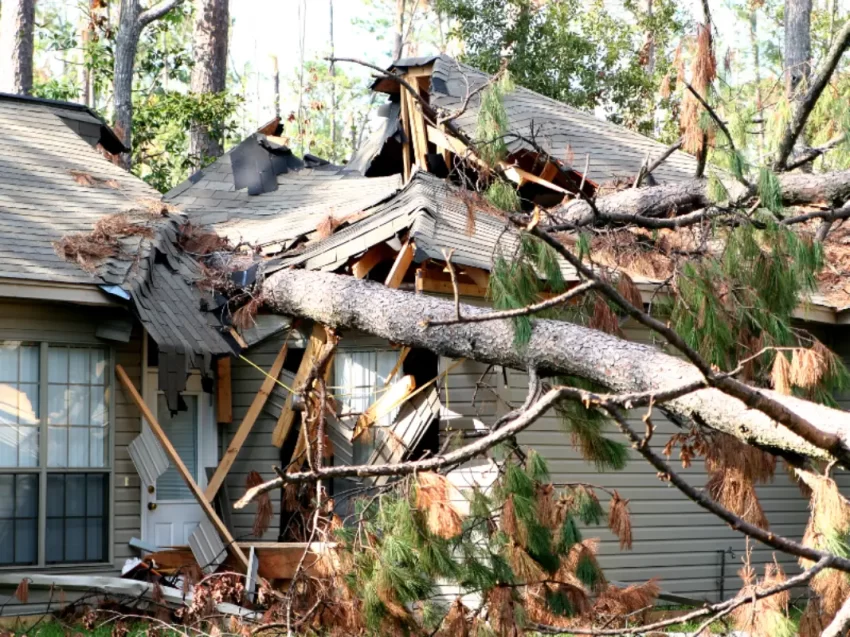Today’s wind insurance Florida is volatile and complicated. With higher loss frequencies and severe loss intensities, carriers are repositioning their books, at times increasing premiums and refining underwriting criteria. The end result is agents attempting to develop new solutions to meet clients’ coverage needs with affordability concerns in mind. High-risk locations—the Gulf Coast as one example—see traditional markets withdraw, and full coverage becomes too pricey.
Worse, broader applications of sophisticated risk modeling can render properties that were once considered insurable susceptible to exclusions or non-renewals today. Agents must stay current with carriers’ ever-changing appetites as well as fight for non-traditional products to bind necessary coverage for those customers most at risk.
Exploring Other Solutions to Risk Transfer
Confronted by a toughening market, agents are seeking other risk transfer avenues ever more often. Captive insurance is winning popularity with corporations who are looking to take matters into their own hands with risk management; this vehicle lets clients insure themselves by creating their own insurance entities. Captives can give clients both economic and strategic benefits, from customized policy wording to least reliance upon commercial insurance cycles.
Parametric insurance is yet another new option that is picking up wider application. Parametric policies pay out when pre-specified conditions—such as hurricane wind speed—are exceeded, without consideration of actual loss of real assets. The upshot can be quicker, clearer claims settlement, supplying clients with much-needed liquidity at the earliest possible moment after a storm.
Managing General Agents (MGAs) and Wind Insurance
Managing General Agents (MGAs) are ideal partners to insurance agents seeking wind-specific coverage products. MGAs employ underwriting knowledge and carrier relationships to create programs that address targeted regional and structural perils. Most importantly, MGAs are often able to gain exclusive capacity and deliver speed to underwriting that can benefit agents who are facing complex submissions and wish to acquire coverage faster.
This customized strategy enables MGAs to move fast to capture changes in the market, adjusting terms and prices to suit developing risks. They are most evident in limited markets, where conventional insurers have limited inclination for high-wind risks.
Educating Clients regarding Mitigation Measures
Mitigation remains at the heart of risk minimization and insurance affordability. Agents who make efforts to educate clients on mitigation benefits—such as fastening roofs, installing impact-resistant windows, or trimming hazardous trees—empower them to make their properties resilient to wind events. Apart from loss risk reduction, such upgrades usually qualify clients for premium credits/discounts.
Insurance carriers can counter by offering higher rates or increased availability of coverage as communities grow stronger, to the benefit of responsible property owners and to long-range stability of insurance markets.
Maintaining Good Relationships with Carriers
The significance of carrier relationships can by no means be stressed enough. Agents with ongoing relationships generally have earlier access to new products, underwriting trends insights, and accelerated claim escalation.
The relationships foster trust and collaborative solutions that turn out to be best for the client—best-fit coverage at competitive terms. Good relationships also enable agents to negotiate more efficiently on behalf of clients when there are claims disputes, settling issues quickly and cutting tension at an otherwise stressful time.
Conclusion
Wind insurance is no longer a niche product—it’s a foundation of broad-risk management for home and business owners all across America. By embracing new products such as wind-only policies for residences, staying up to date with new developments in the market, and regularly educating clients about preemptive risk reduction, agents can position themselves as go-to risk management partners for clients’ most precious assets. Through the built-in advantages of MGAs, tech-enabled risk assessment, and carrier connections, agents can do this all without worrying about how uncertain the future gets.

